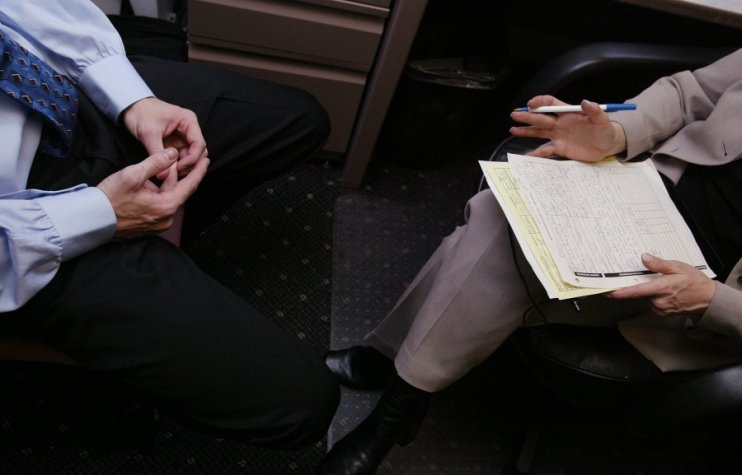Analysts warn of post-furlough job cuts wave and oldest will struggle most

The economic mood was warm this morning as new data showed that Britain’s unemployment rate unexpectedly fell to 4.8 per cent between January and March.
London’s FTSE 100 reacted with a 0.8 per cent leap but not all analysts were convinced that the data was a sign of long-term prosperity for the UK jobs market.
The furlough scheme has protected more than 11.5m jobs since the pandemic began, but research from the Office for Budget Responsibility (OBR) suggests the UK’s current unemployment figure is only set to increase.
“It is likely that things will get worse before they get better, as businesses potentially look to face a period of redundancies once the furlough scheme ends,” said Rod Knox, CEO of Virtual College.
Risk to over-50s ‘concerning’
Some 2.2m people, or 6.5 per cent of workers, could be unemployed by the end of the year when the furlough scheme ends, according to OBR forecasts.
Research from the Resolution Foundation found that employees aged 50 or over are the most at risk of long-term unemployment problems.
Data suggests that just 62 per cent of this age bracket had returned to work after six months of becoming unemployed, a concerning figure when compared to 74 per cent of those aged 16 to 29.
“This is concerning, especially for older workers who have already been greatly impacted by the pandemic, and underlines why upskilling, reskilling, and a focus on lifelong learning is more important than ever,” Knox added.
UK ‘not out of the woods’
Professor Len Shackleton, research fellow at the Institute of Economic Affairs, echoed these concerns, warning that the UK is “not out of the woods yet”.
“Hours worked are still eight per cent below pre-pandemic levels, there are still three quarters of a million fewer people in work, and well over three million remain on furlough.
“Employment rates for particular age groups, namely young people and those over 50, are still lower than eighteen months ago.”
While there appears to be little doubt that a rise in unemployment seems an inevitability when the furlough scheme ends, it is likely to be much lower than feared a few months ago, according to ING economist James Smith.
“Barring a return to tighter Covid restrictions, the fact that the job support is being offered until well after the April/May reopening phases should give firms enough time to rebuild their finances to be able to return most, if not all, of their staff from furlough.”